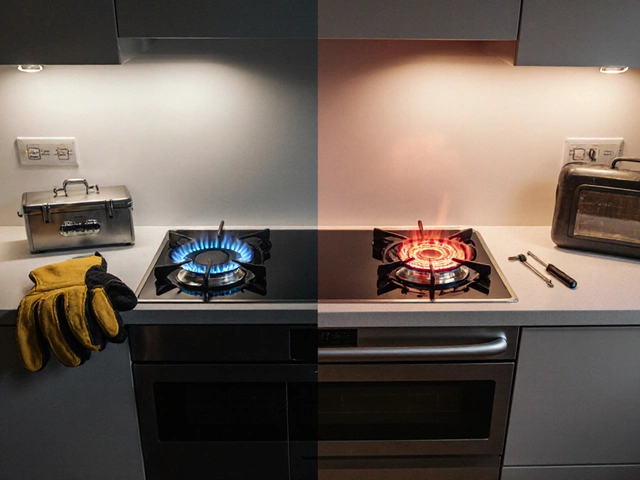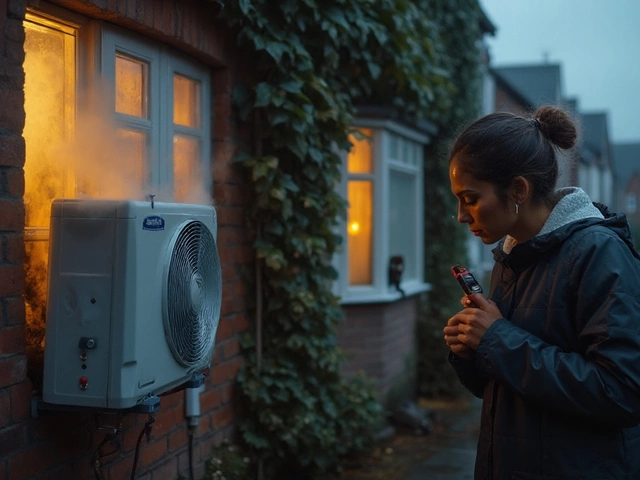Flush vs. Drain: The Best Way to Maintain Your Water Heater
August 6 2025Electric Oven Maintenance: Simple Steps to Keep It Working Like New
If your oven is acting up, the first thing to check is how you’ve been caring for it. A few easy habits can stop most problems before they start, saving you time and money. Below are the everyday tasks and periodic checks that keep an electric oven reliable and safe.
Everyday Cleaning Routine
After each use, let the oven cool, then wipe the interior with a damp cloth. Extra grease builds up quickly and can cause uneven heating or smoke. Use a mild dish‑soap solution – no harsh chemicals that might damage the coating. Don’t forget the door gasket; a quick wipe there prevents crumbs from burning and smearing.
The oven racks are easy to forget, but they collect food bits that can cause hot spots. Take them out once a week, wash in warm soapy water, rinse, and dry before slipping them back in. If you spot stubborn residue, a paste of baking soda and water works wonders without scratching the metal.
Seasonal Checks & Safety
Every three to six months, give the heating elements a visual inspection. Look for cracks, blistering, or discoloration. A damaged element can overheat and trigger the safety cut‑out, leaving you with a cold oven. If you see any issues, replace the element – it’s usually a simple bolt‑off job.
While you’re at it, check the oven’s temperature sensor (thermistor). It’s a small metal probe inside the cavity. If the sensor is dirty, wipe it gently with a soft brush. A dirty sensor can send wrong temperature readings, causing the oven to run too hot or too cool.
Don’t ignore the oven’s exterior. The control panel can collect dust that interferes with button contacts. A quick blow‑out with compressed air or a soft brush keeps the knobs and touchpad responsive.
For electric ovens with self‑cleaning cycles, use them sparingly. The high‑heat process can stress the wiring and seals over time. When you do run the self‑clean, make sure the kitchen is well ventilated and follow the manufacturer’s timing exactly.
Finally, test the oven’s safety features annually. Most models have a thermal fuse that trips if the oven gets too hot. You can check it with a multimeter – continuity means it’s good, no continuity means it needs replacing.
When you notice odd smells, uneven baking, or the oven won’t heat at all, it’s time to call a qualified gas engineer or appliance technician. Trying to fix a wiring problem yourself can be dangerous, especially with high‑voltage components.
Regular maintenance not only extends the life of your electric oven but also keeps your kitchen safe. A clean, well‑checked oven bakes evenly, cooks faster, and won’t surprise you with sudden breakdowns. Keep these habits in mind, and your oven will stay a reliable helper for years to come.
 27 Mar
27 Mar
Replace Your Oven Element: A DIY Guide
Replacing an oven element might sound daunting, but with the right tools and guidance, it's something you can tackle on your own. This article breaks down the process into simple steps, providing practical tips and safety precautions. Learn how to identify when your oven element needs replacing and what tools you'll need to get the job done. Empower yourself to save time and money by handling this common household repair.
Read More...



